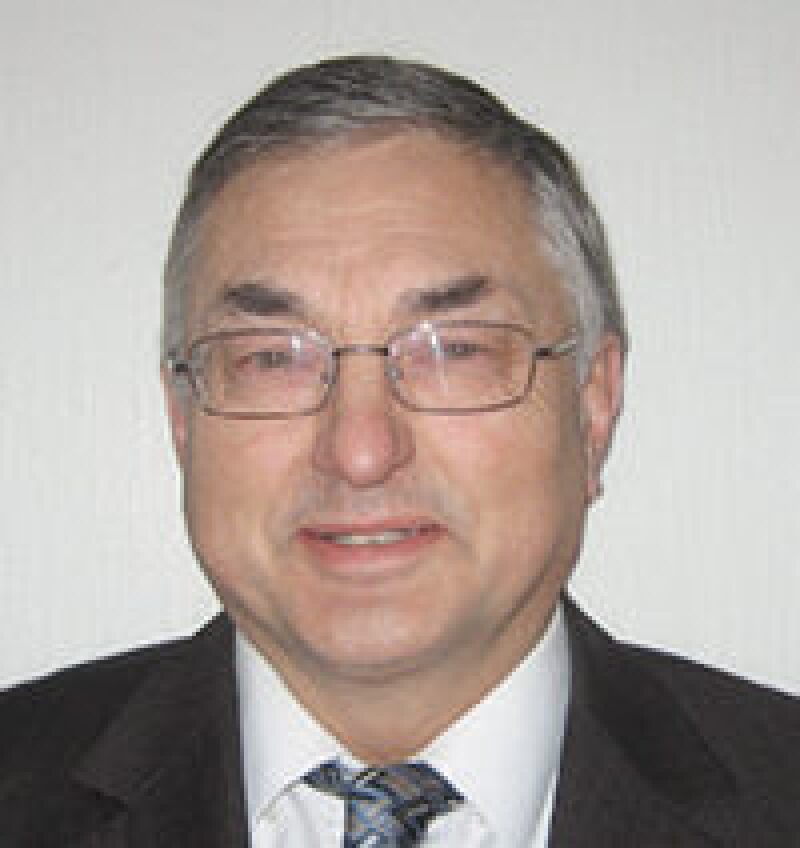In a previous issue of JPT, I read an interesting comment. A petroleum engineering department had visitors. One of them was asked to draw a well on the chalkboard, and she instinctively drew a horizontal well. She obviously considered horizontal wells as common. This illustrates that, during the last decade, wells such as horizontal wells, long-reach wells, and multilateral wells came to be considered mature technologies. Another aspect is that the technical level has increased significantly during this development. Currently, in well engineering, there are also many activities designed to stretch limits, improve processes, and make solutions more competitive economically.
The main objective of multilateral and extended-reach wells is improved field recovery. Multilateral wells expose more reservoir and improve reservoir drainage, whereas long-reach wells often increase drainage from existing platforms. Up to 80% of long horizontal wells may have inflow-control tools. The most common is the inflow-control-device orifice to control the water/oil contact, but more-advanced autonomous systems are being developed with more-precise control functions. A related group of tools includes water-stop mechanisms. Water production is a considerable challenge for the oil industry, from production, cost, and disposal perspectives. At present, there exist many useful completion technologies for inflow control and for workovers and stimulation purposes. New and improved functionalities open up for more-detailed reservoir analyses that ultimately will result in higher field recovery.
The featured papers all show improved solutions for constructing multilateral and long-reach wells. They show the dynamics of a continuous striving for improvements. These well types are very important tools in the search to maximize recovery from petroleum fields.
This Month's Technical Papers
A Methodology for Multilateral-Well Optimization
Overcoming Challenges and Optimizing Liner Deployment in Long Laterals
Next-Generation High-Torque Connection for Extended-Reach Wells
Recommended additional reading
SPE 180445 Increasing Performance of Multilateral Wells Using Oil Fingerprinting by M.D. Jensen, ConocoPhillips, et al.
SPE 183422 Korchagina P-108: Breaking ERD Records Offshore North Caspian Sea—A Case Study by Vasily Zvyagin, Lukoil, et al.
SPE 184608 Reducing Well Costs and Extending Field Life With Intelligently Controlled Trilateral and Quadrilateral TAML Level-5 Multilaterals by Mark Glaser, Halliburton, et al.


